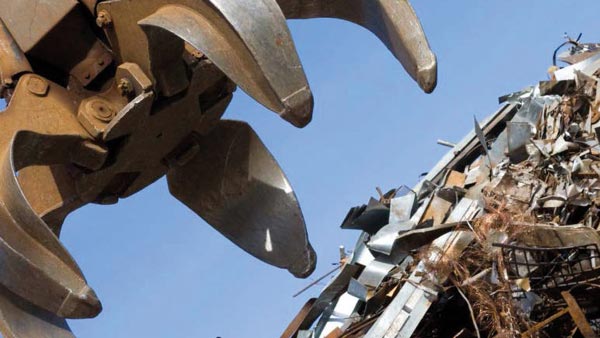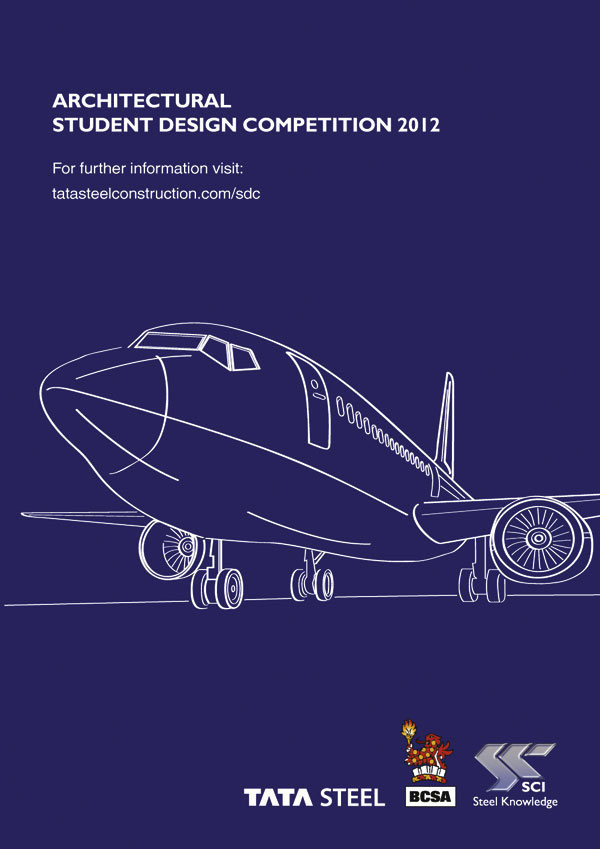Technical
AD 345: Load factors in BS 5950-1:2000 for crane loading
The purpose of this Advisory Desk Note is to update the advice in AD111 on the factors to be used in various load combinations for buildings with overhead travelling cranes. AD111 was based on the 1990 version of BS 5950-1 and guidance was needed because use of the values in Table 2 was not very clear. When the Standard was revised in 2000, Table 2 was made clearer; in particular the factors for combinations with crane loads with imposed loads. The Amendment in 2007 gave additional clarification by adding a Note to the Table. Nevertheless, the Advisory Desk still receives questions about combinations of loads when there are crane loads. This Advisory Desk Note provides further advice and supersedes AD111, which is now withdrawn. Any loadings which have been determined on the basis of AD111 will either be conservative or the same as the current Table 2 and this AD.
Generally, in the design of buildings, all possible combinations of loads should be considered. Load factors are applied to nominal loads according to the probable coexistence of the various loads. Where dead loads and vertical crane loads have a favourable effect (such as in resisting overturning) a load factor of unity is applied to those loads. The range of possible combinations of dead, imposed and wind loads, without crane loads, is not considered here. This AD Note only considers combinations when there are crane loads.
There are eight possible combinations that might occur. They may be expressed as follows:
- LC1: 1.4D + 1.6V
- LC2: 1.4D + 1.6H
- LC3: 1.4D + 1.4V + 1.4H
- LC4: 1.2D + 1.4I + 1.4V
- LC5: 1.2D + 1.2I + 1.2H
- LC6: 1.2D + 1.2I + 1.4V + 1.2H
- LC7: 1.2D + 1.2W + 1.2V + 1.2H
- LC8: 1.2D + 1.2I + 1.2W + 1.2V + 1.2H
Where:
- D is the dead load
- I is the imposed load
- W is the wind load
- V is the vertical crane load (i.e. dynamic vertical wheel loads: which is self-weight of the crane plus the lifted load and the allowance for dynamic effects)
- H is the horizontal crane load
All the above load factors have been taken from Table 2 of BS 5950-1:2000 (amended 2007). The relevant ‘type of load’ and associated load factor for each of these combinations is as follows:
Explanation for LC1 and LC2:
- “Dead load except as follows” = 1.4
- “Vertical crane loads” = 1.6
- “Horizontal crane loads” = 1.6
Explanation for LC3:
- “Dead load except as follows” = 1.4
- “Vertical crane loads acting together with horizontal crane loads” = 1.4
- “Horizontal crane loads acting together with vertical crane loads” = 1.4
Explanation for LC4:
- “Dead load acting together with crane loads and imposed load combined” = 1.2
- “Imposed load acting together with vertical crane loads” = 1.4
- “Vertical crane loads acting together with imposed load” = 1.4
Explanation for LC5 and LC6:
- “Dead load acting together with crane loads and imposed load combined” = 1.2
- “Imposed load acting together with horizontal crane loads” = 1.2
- “Horizontal crane loads acting together with imposed load” = 1.2
- “Vertical crane loads acting together with imposed load” = 1.4
Explanation for LC7 and LC8:
- “Dead load acting together with crane loads and wind load combined” = 1.2
- “Wind load acting together with crane loads” = 1.2
- “Crane loads acting together with wind load” = 1.2
- “Imposed load acting together with horizontal crane loads” = 1.2
- “Imposed load acting together with vertical crane loads” = 1.2
Contact: Abdul Malik
Tel: 01344 636525
Email: advisory@steel-sci.com










